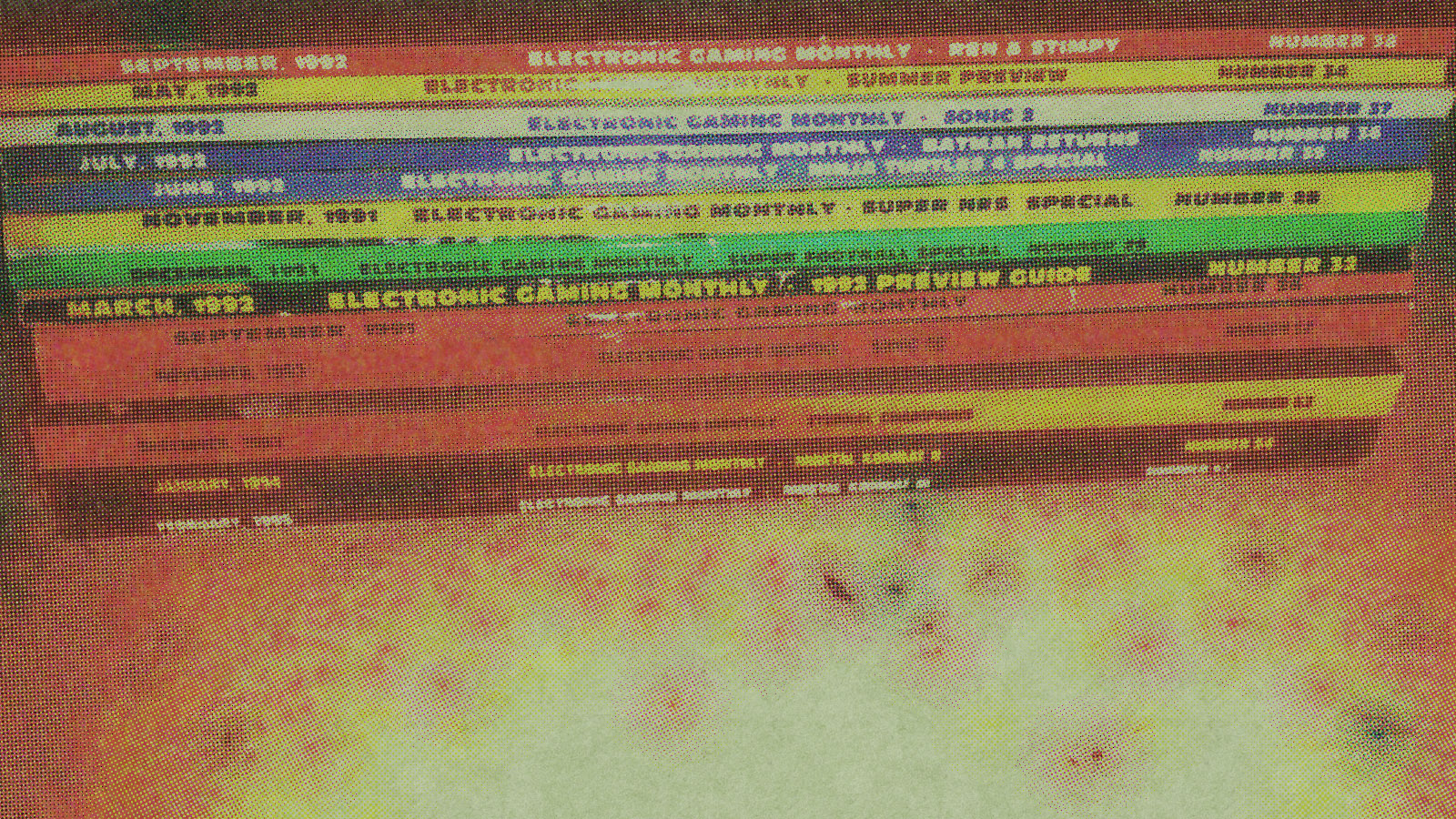
The Grid:
Play Perspective
TV screens display a flat picture, just like movies, comics, and postcards. This picture has two dimensions: up and down, left and right. The other dimension, forward and away, adds the quality of depth that gives us the picture of real life as we know it. It is possible for the computer to simulate the third dimension to produce three-dimensional graphics on the screen but as yet, there isn’t enough room in either arcade or game computers to generate these three-dimensional images.
So we’re currently playing two-dimensional games. But besides the efforts being made to compute the third dimension for tomorrow’s new games, there are two perspectives used in current games which offer different sensations of dimension.
Space Invaders and Pac-Man are representative of the first dimensional approach. This is more or less a colorful but flat game board—Pac’s maze is especially suited for this. The play is in movement in different directions all on the same plane. This two dimensional approach is a bit different because it suggests the third dimension as part of the program graphic. Atari’s Night Driver is one example of this—a technique that worked particularly well with car racing games. It is as if the player were driving the car straight into the depths of the screen, with the dangers of the road approaching over the horizon.
Since this second approach is also basically two-dimensional, it won’t work on many games, the perspective not supplying as comfortable a point of view as many action games. But this approach does suggest what three-dimensional games will be like: imagine playing Pac-Man 3-D, actually rolling down the maze, walls towering above Pac, changing in direction and dimension during the play.
It is difficult to imagine the effect of playing a full color, high resolution, finely shaded 3-D game. In a way, it depends on the capacity of computers involved and realism that can be achieved. Will there be computer games that generate graphics of people who look as real as real people on TV? Or will computer 3-D graphics be more rough and fantastic, as they are now? At first, we can only expect the most vague 3-D effects, for the technology shifts slowly from one state to the next. But it is possible that eventually the computer games will become terminals serviced by one gigantic computer capable of generating absolutely TV-true-to-life graphics of peoples, places, and things? We think so.




